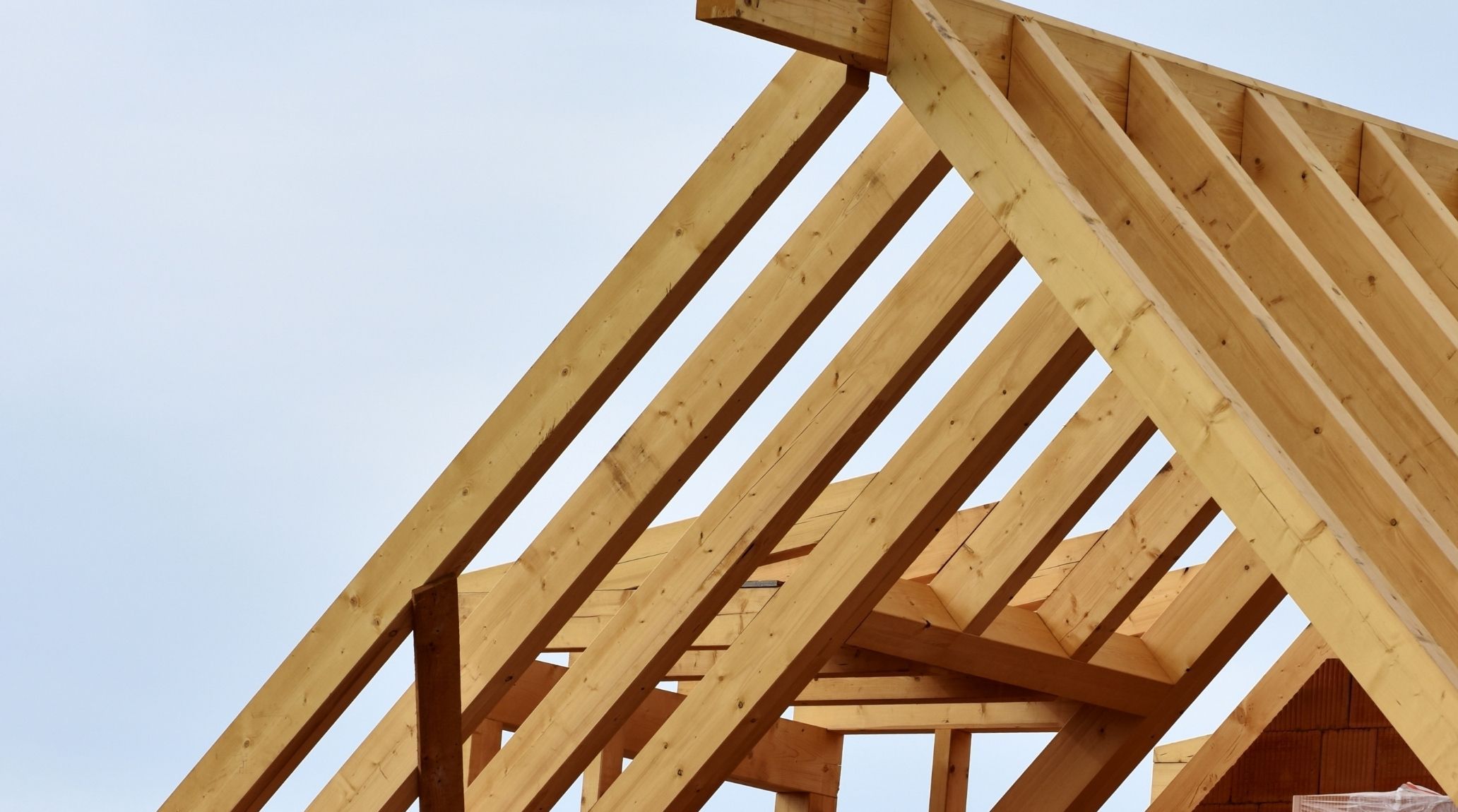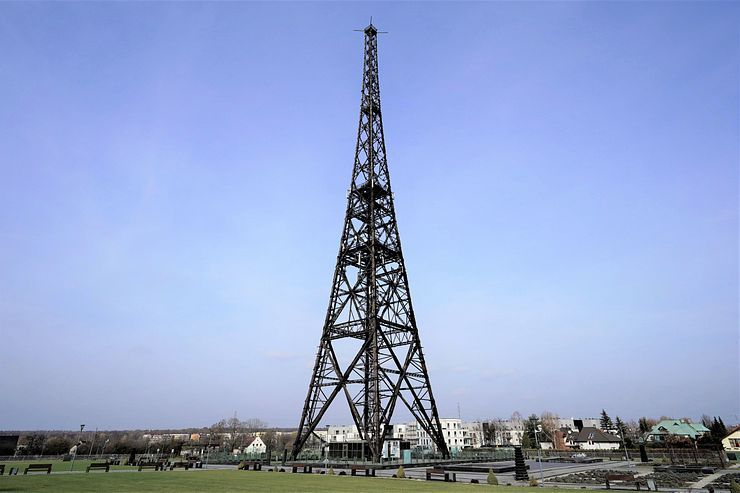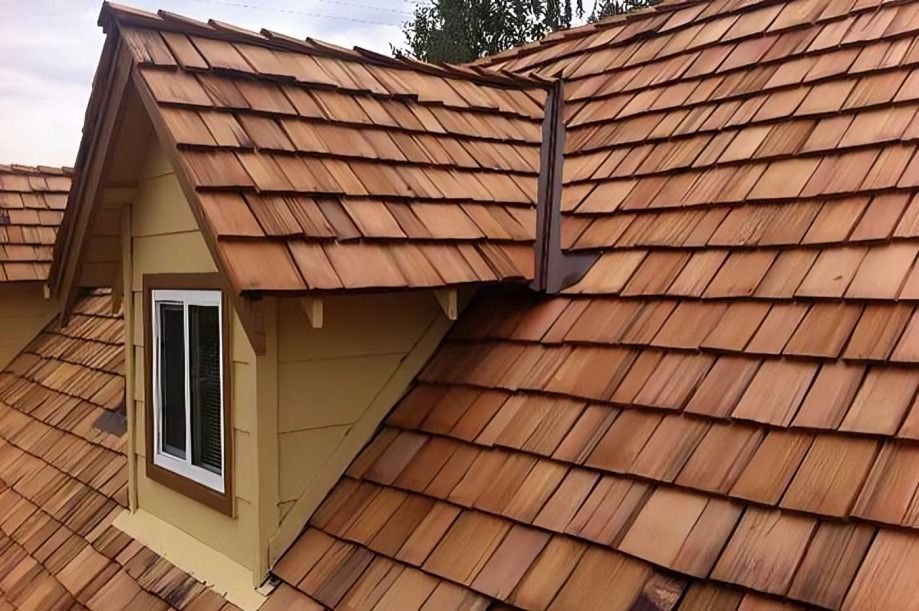
“
Wood has long been celebrated for its beauty and versatility, but its benefits as a building material go far beyond aesthetics. From enhancing energy efficiency to contributing to sustainability, wood offers a range of advantages that make it a standout choice in construction. This blog explores the various benefits of wood building materials, highlighting how they can transform spaces while supporting environmental responsibility and durability.1
1
”
Engineered timber is a game-changer in construction, offering a high strength-to-weight ratio that speeds up building projects. Prefabricated wooden elements reduce construction time, weather delays, and resident inconvenience, making the assembly process quick and efficient.1
Wood's organic nature helps maintain a healthy indoor climate by allowing spaces to breathe. This not only reduces stress and lowers blood pressure but also evokes a sense of warmth and security, connecting us to the comforting embrace of home.2
Mjøstårnet in Brumunddal, Norway, is the tallest load-bearing wooden building in the world! This 18-story marvel reaches 85.4 meters (280 feet 2 inches) tall, showcasing the incredible strength and versatility of timber in modern architecture. 3
Timber isn’t just for houses; it's incredibly versatile. Beyond construction, it's used in sea defenses, sports equipment, and both indoor and outdoor furniture, demonstrating its adaptability across various applications. 4
Timber buildings excel in energy efficiency compared to traditional brick and concrete structures. Wood’s natural ability to store and release heat makes it a superb insulator, balancing indoor temperatures and reducing energy needs. 5

Standing tall at 118 meters (387 feet), the Gliwice Radio Tower in Poland isn't just any wooden structure; it's the tallest wooden tower still in existence! Originally built in 1935 for radio transmissions, it now supports mobile phone networks.
Witness the impressive feat of engineering with the tallest wooden sculpture made from toy blocks! Benjamin Crouzier and his team crafted a staggering 27.46-meter-high tower in London, proving that even playthings can reach for the sky.6
With proper care, wooden constructions can last as long as brick ones. In areas prone to earthquakes and severe weather, wood often outperforms bricks, showcasing its durability and resilience under various conditions.7
Wood has been found to have natural antimicrobial properties. Certain types of wood, like cedar, can inhibit the growth of bacteria and fungi, which can contribute to healthier indoor environments and lower maintenance needs.8
In Doylestown, Pennsylvania, 552 people made history by knocking on wood simultaneously, setting a world record! This joyful event, held by Tague Lumber, brought together the community for a memorable and unique celebration of Wood's culture. 9
Wood's natural acoustic properties make it excellent for sound absorption, reducing echo and noise levels in homes and offices. This creates a quieter, more comfortable environment by minimizing sound reflections. 10
Wood is a renewable building material, unlike concrete or metals. Responsible forestry practices ensure that trees are regrown and forests are maintained, while wood’s growth process also helps absorb carbon dioxide from the atmosphere. 11
Modern engineering has created advanced wood products like cross-laminated timber (CLT) and laminated veneer lumber (LVL). These materials offer enhanced strength and flexibility, making wood suitable for high-rise buildings and bridges, highlighting its versatility in construction. 12
Hardwood floors are renowned for their durability and timeless elegance. They significantly enhance the value of both homes and commercial spaces. Additionally, hardwood floors are easy to maintain and resilient against wear and tear, making them a practical choice. 13

Wooden shingles and shakes offer both aesthetic appeal and superior insulation. They enhance a building’s appearance and provide excellent protection against the elements, combining style with functionality.
Wood’s diverse range of species, colors, and grain patterns makes it ideal for crafting unique furniture and cabinetry. This versatility allows for customized designs that enhance interior spaces with natural elegance. 14
Wood stands out for having the lowest carbon footprint among building materials. Unlike plastics and steel, it offers a sustainable choice that helps reduce overall environmental impact, making it an eco-friendly option that supports greener practices in the construction industry. 15
Certain woods, like pine, possess natural self-healing abilities. When damaged, these woods produce resin that seals wounds and protects against further deterioration, which helps to extend the wood's longevity and maintain its structural integrity. 16
Some of the world’s oldest wooden structures, such as Japan’s Horyu-ji Temple, have endured for over 1,300 years. This longevity demonstrates that well-maintained wood can outlast many other building materials, showcasing its remarkable durability.17
The wood industry is expanding rapidly due to increasing demand for sustainable and eco-friendly building materials. As more construction projects prioritize environmental impact, wood's versatility and renewable nature position it as a leading choice in the evolving market. 18


